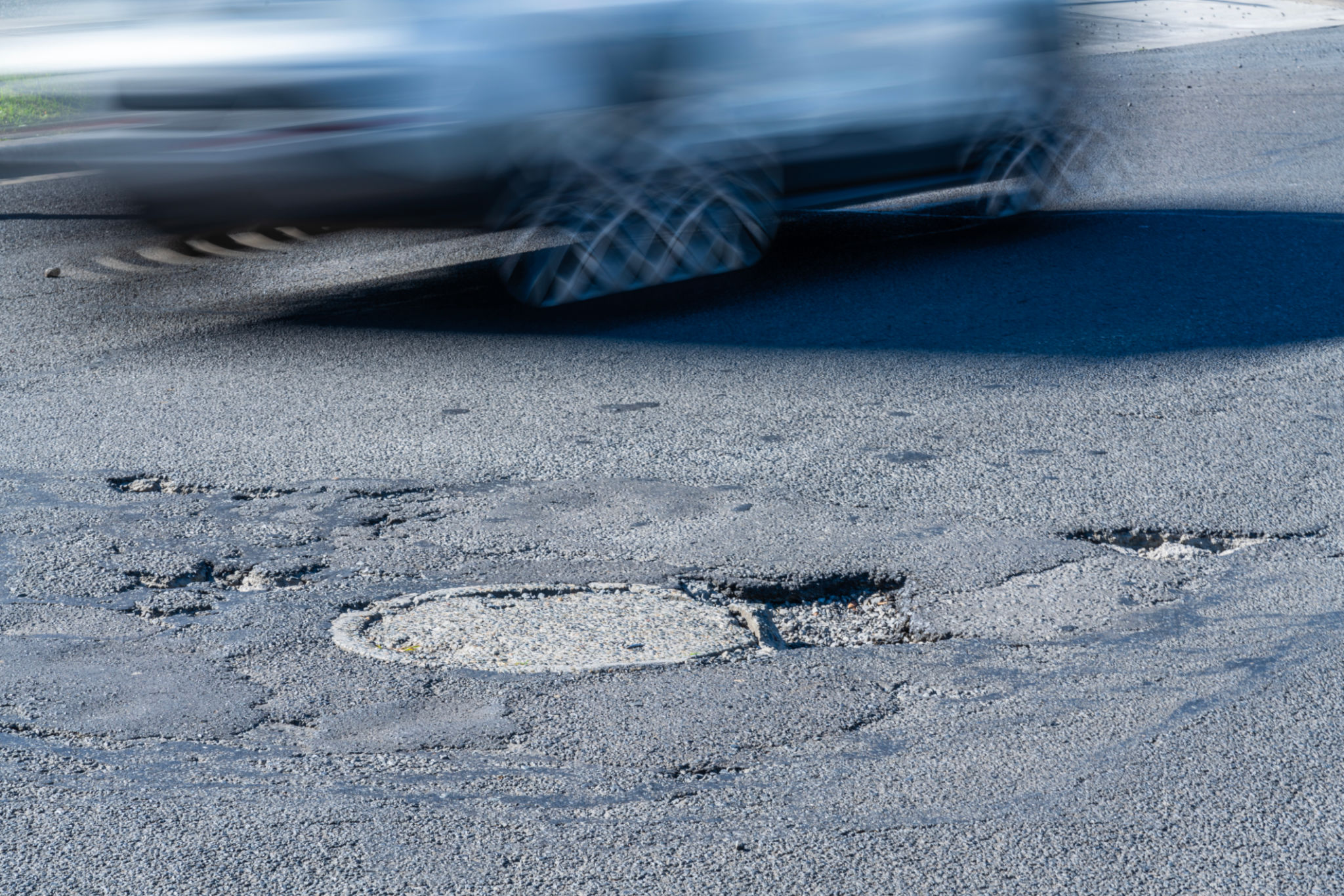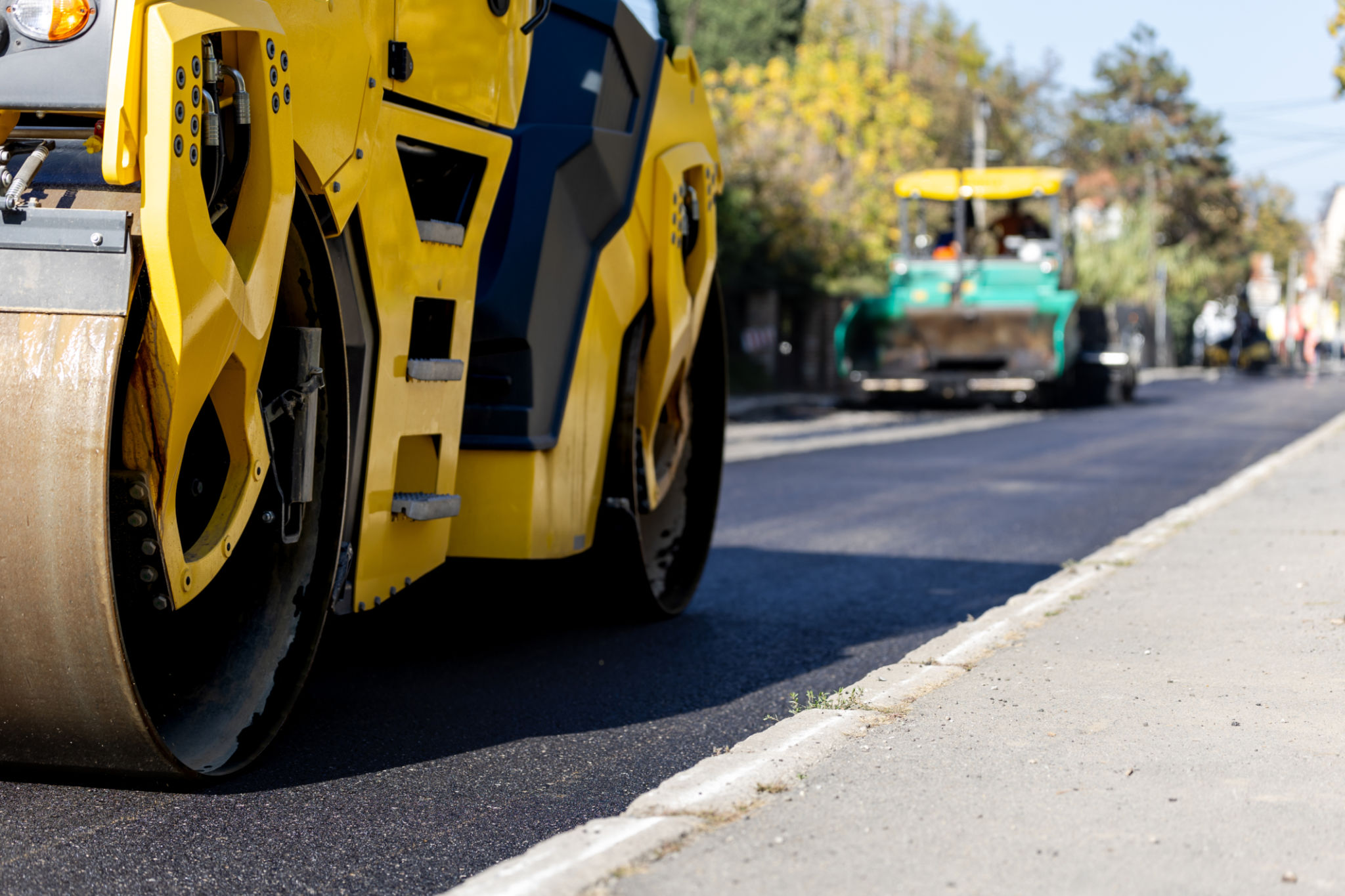The Complete Pothole Repair Process Explained
Introduction to Pothole Repair
Potholes are a common problem on roads, causing inconvenience and potential damage to vehicles. Understanding the complete pothole repair process can help municipalities and road maintenance teams ensure safer and smoother driving experiences. This guide will walk you through each step of the process, from identifying a pothole to completing the repair.

Identifying and Assessing Potholes
The first step in the pothole repair process is identifying and assessing the damage. Regular road inspections can help maintenance teams locate potholes early. Once identified, the size and depth of the pothole are measured to determine the appropriate repair method. It's essential to assess the surrounding road conditions as well, as they can influence the severity of the problem.
Types of Potholes
Potholes vary in shape and size, often categorized by their depth and diameter. Some common types include:
- Shallow Potholes: Less than 2 inches deep and typically easier to repair.
- Moderate Potholes: Between 2 to 4 inches deep, requiring more material for repair.
- Severe Potholes: Deeper than 4 inches, often needing extensive reconstruction.
Preparing for Repair
Once a pothole has been assessed, preparation work begins. This involves cleaning the pothole to remove debris, water, and loose material. A clean surface ensures better adhesion for the patching material. In some cases, additional road surface must be cut away to create a uniform repair area.

Choosing the Right Repair Material
Selecting the appropriate repair material is crucial. Common materials include:
- Cold Mix Asphalt: Ideal for temporary repairs and colder weather conditions.
- Hot Mix Asphalt: Suitable for more permanent repairs, typically used in warmer weather.
- Polymer-Modified Asphalt: Offers better durability and flexibility, often used in high-traffic areas.
The Repair Process
The actual repair begins with applying the chosen material into the cleaned pothole. For hot mix asphalt, it's often necessary to heat the area before application. The material is then compacted using a roller or tamper to ensure a tight bond with the existing road surface. Proper compaction is critical to prevent future potholes from forming in the same spot.

Finishing Touches
After compaction, the surface is leveled to ensure a smooth transition for vehicles. Excess material is removed, and any edges are sealed to prevent water infiltration. In some cases, traffic may be restricted from the repaired area for a short period to allow for curing.
Maintenance and Prevention
Regular maintenance can significantly reduce the occurrence of potholes. This includes timely repairs of small cracks and ensuring proper drainage to prevent water accumulation. Educating drivers about reporting potholes can also aid in quicker response times for repairs.
In conclusion, understanding the complete pothole repair process helps ensure effective and lasting solutions. By following these steps, road maintenance teams can enhance road safety and prolong the lifespan of road surfaces.